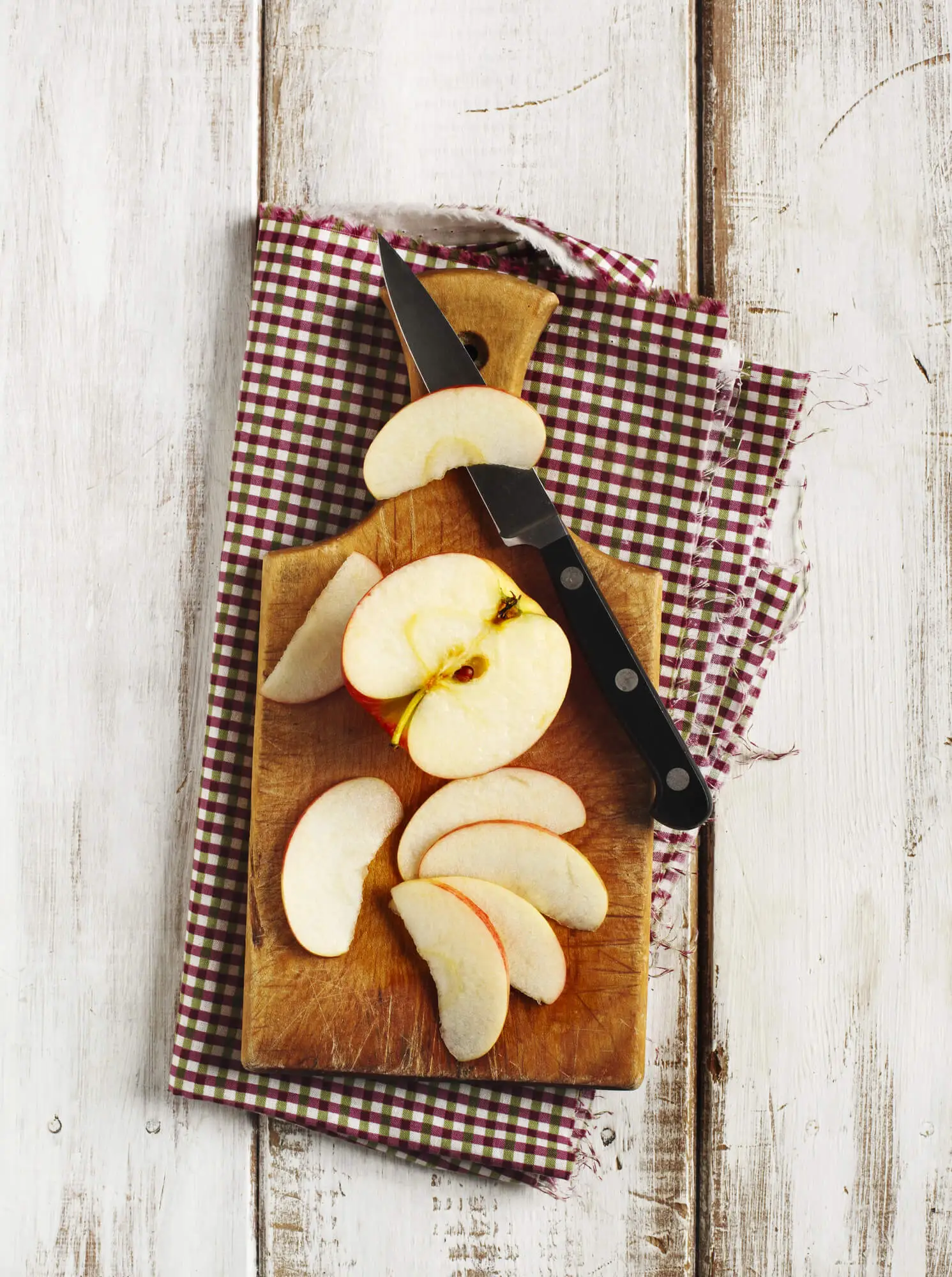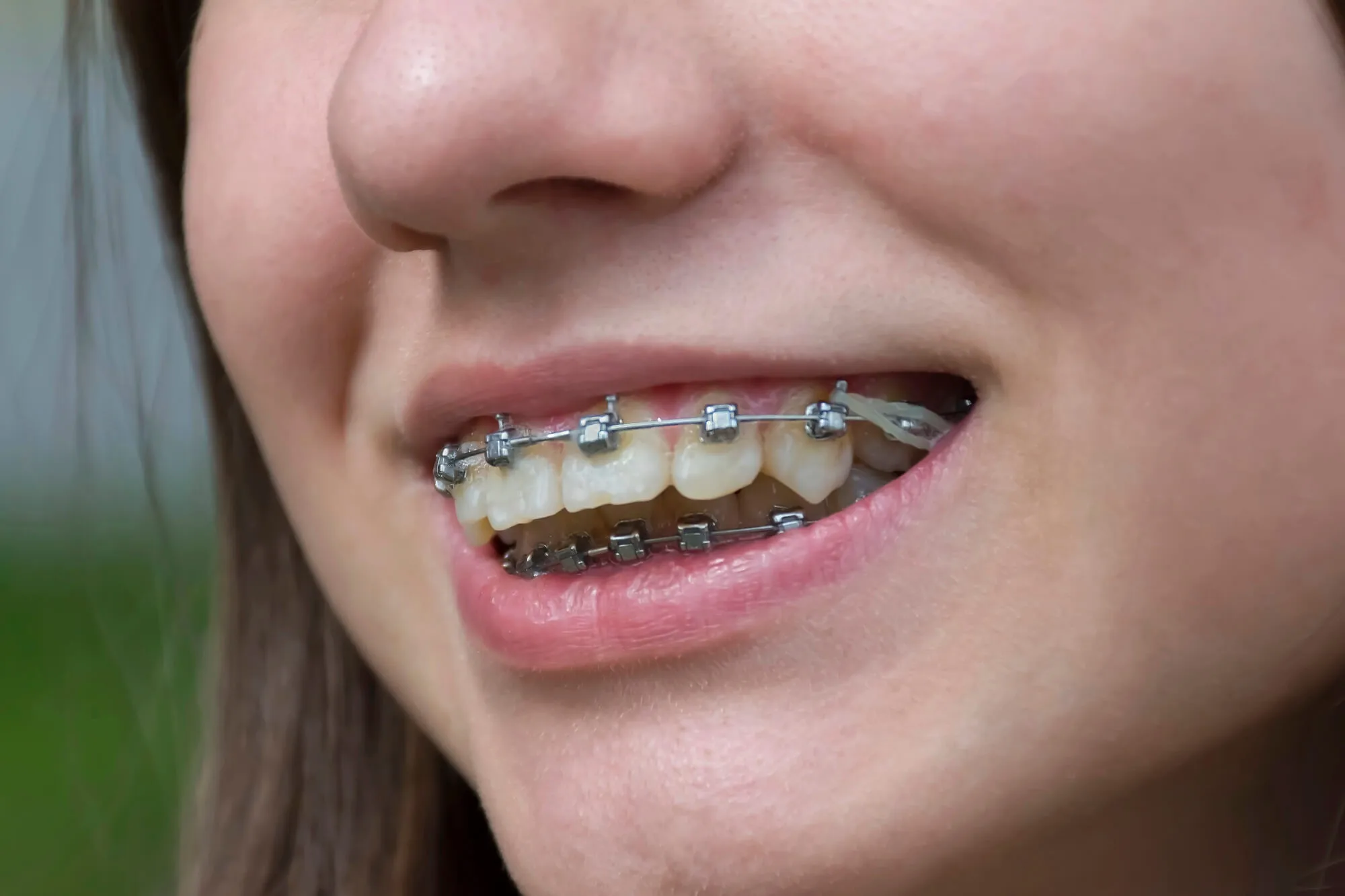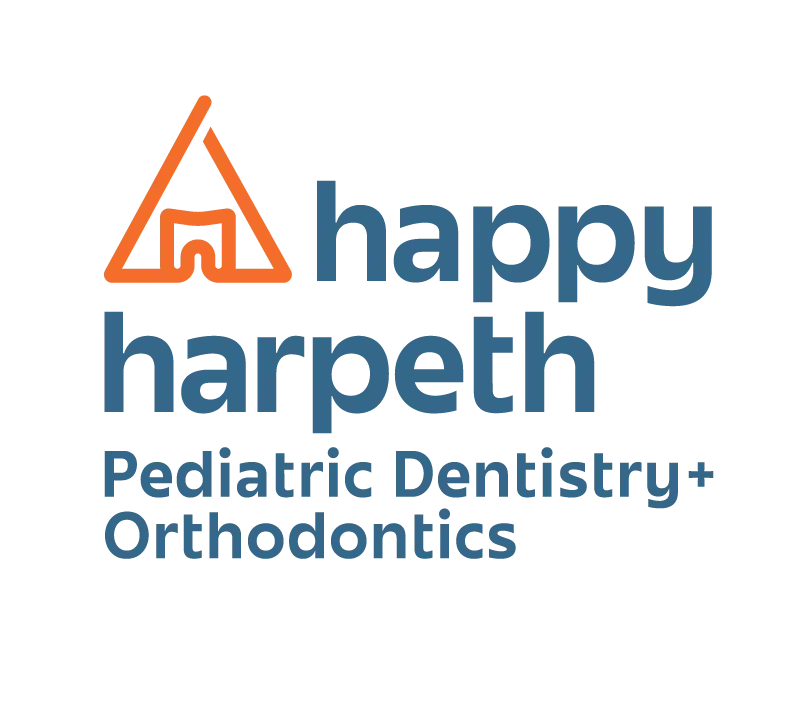Childhood is the ideal time for braces treatment since young jawbones and tissues are still developing. A pediatric dentist in Smyrna, TN, can provide orthodontic treatments that are often simpler, faster, and cause less discomfort during adjustments.
That doesn’t mean the process will be any easier. Braces come with specific oral hygiene habits and dietary restrictions. Ensuring your child follows these guidelines properly is key to the success of their journey. While challenging, there are some tactics you can follow to achieve the best possible outcome.

Why Must Children with Braces Watch What They Eat?
Braces are an orthodontic appliance that helps achieve a more aligned smile. They consist of brackets attached to the front of your teeth and wires that exert pressure to subtly move each tooth into the desired position.
This method has proven to be highly effective at solving malocclusion and preventing all the issues associated with it, like increased risk of tooth decay, gum disease, or TMJ disorders. Nevertheless, braces come with a series of dietary restrictions.
To avoid displacing or dislodging the brackets, patients need to avoid foods like apples or hamburgers. Instead, we recommend patients cut their food into pieces and try to eat it with a fork and knife. Additionally, tough foods that could damage the appliances are a no-go.
Following all these restrictions can be hard, especially for our younger patients. Luckily, there are certain things you can do to help them ensure a better outcome.
1. Explain the “Why” Behind the Rules
Kids don’t respond well to orders (the ones they don’t understand, at least). For those still learning about the world, understanding the reasoning of adults can be quite a challenge. This is why some kids sometimes struggle to follow instructions.
We encourage parents to educate their children about both the benefits and risks of their new dietary restrictions. Explain how sticky foods can break brackets and how hard foods can bend wires. Even when discussing negative outcomes, keep the tone positive. Remind them that no issues mean faster treatment and freedom from discomfort.
2. Create a “Yes” List (Not Just a “No” List)
Instead of banning foods, you can foster positivity by making a list of tasty, safe alternatives. Some foods to add to the “Yes” list are yogurt, soft fruits, pasta, mashed potatoes, or smoothies. On the other hand, popcorn, caramel, chewing gum, and whole apples (apple slices are fine) are all “Nos.”
As a reminder for them, you can tape the list to the fridge or in their lunchbox.
3. Modify (Don’t Get Rid of) Their Favorite Foods
While braces come with strict limitations, try to accommodate your child's preferences a bit. If they love pizza, cut it into small, chewable pieces. Steam veggies to make them softer, and slice apples thinly so they don’t have to bite into them.
An extra tip is to let them help prep their food. This will help them understand the effort that goes into making braces-friendly meals while getting them involved in the process.
4. Use Visuals to Teach Damage Risks
Kids respond well to visual examples, so you can show them what a broken bracket looks like. Of course, avoid gory photos of braces accidents! Instead, you can demonstrate how chewy candy sticks to the braces or ask the dentist to illustrate with a 3D model.
For some kids, these visual representations result in better memory retention.
5. Plan Braces-Safe Snacks Together
The best way to ensure your children’s compliance is to involve them in picking their food. You can shop for braces-friendly snack items together or offer them various lunchbox menu options.
Smoothies are also a great snack for children with braces, so you can let them pick their favorite fruits and veggies. Participation increases cooperation. After all, kids won’t pick up food they don’t feel like eating.

6. Create a Braces-Friendly Kitchen Zone
If you have more than one child, keeping a space for their “safe” foods is crucial to avoid confusion or temptation. To give your child ownership and support, keep braces-safe staples on hand, filled with bananas, cheese sticks, or soft granola bars.
Label the area, such as “Braces Zone,” to avoid confusion, and remember to keep it filled with healthy snacks.
7. Practice Mindful Chewing
When eating with braces, it’s not only what you consume but how you consume. Teach your child to take smaller bites and chew slowly with their back teeth. Moreover, make sure they know that biting into things with their front teeth is a no-no.
Establishing the habit of mindful eating helps prevent accidental damage. It also improves digestion, so it’s a valuable practice to teach them early on.
8. Prepare Special Meals After Adjustments
Braces can cause soreness and discomfort, especially after tightening. Before these appointments, prepare soft, soothing meals like mashed potatoes, mac and cheese, and tasty soup or smoothies.
Be ready for their fussiness during these times of discomfort! Let them know it’s okay not to feel like doing or eating anything during this time.
9. Avoid Sugary Drinks and Sticky Sips
Sugary foods may not be dangerous to braces, but they can cause tooth decay in the long run. This is especially true if your child struggles with good oral hygiene habits. Instruct them to avoid sodas, sugary sports drinks, and juice boxes. If they do consume those kinds of beverages, tell them to rinse their mouth with water immediately after.
These beverages can lead to white spot lesions, which are tiny, permanent white marks on the enamel. It can also increase the chances of developing gum disease. Avoiding these drinks will benefit not only their braces treatment but also their overall health.
10. Use Praise, Not Punishment
It’s important to gain your child’s collaboration during this process; to do so, adding words of praise is key. Celebrate their efforts or use rewards or recognition when they avoid temptations like gum or hard candy.
Positive reinforcement builds long-term habits better than scolding.

Make Braces Easier with the Help of a Pediatric Dentist in Smyrna, TN
Braces are a fundamental treatment in dentistry, as they help achieve a straighter and healthier smile for years to come. Still, the treatment itself is not always easy. With patience, empathy, and a focus on the positive, you can accompany your child through this process and ensure a better outcome for their oral health.
If you're unsure whether certain foods are okay for your child or would like some extra help, the team at Happy Harpeth is here for you. Contact us today, and let’s address all of your questions together!





